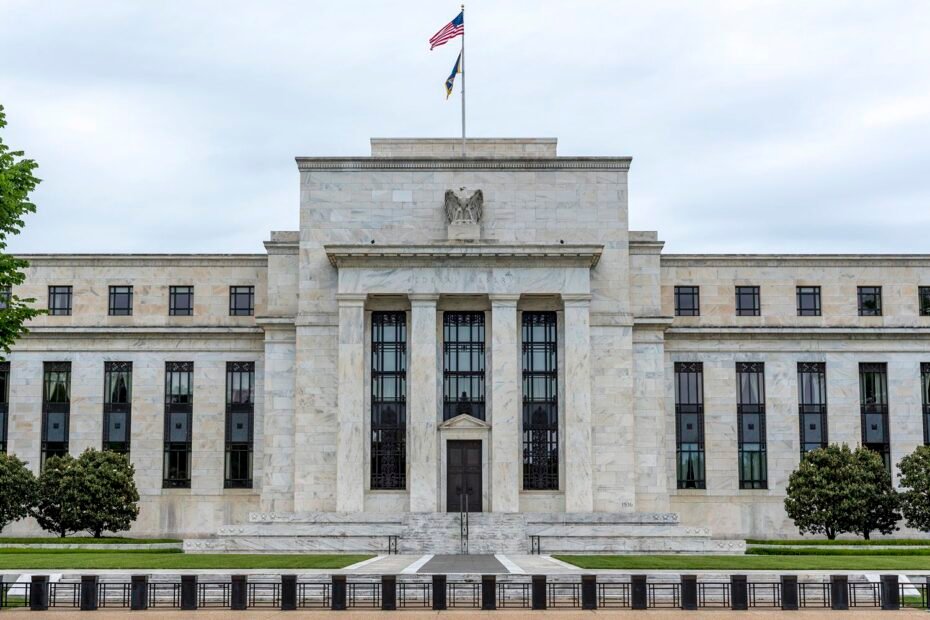Recent data is challenging expectations for aggressive rate cuts in the upcoming year. Consumer confidence in December is experiencing a surge, with the expectations index, measuring consumers’ short-term outlook for income, business, and labor market conditions, reaching a level of 85.6, a high not seen since July. In addition, existing home sales have unexpectedly risen, rebounding from five consecutive months of declines. While some predict a slowdown, Steven Stanley, Chief U.S. Economist at Santandere US Capital Markets, argues that the economy still maintains decent momentum and foresees no rate cuts until the fourth quarter of the next year.

The Rate Cut Outlook: A Tale of Two Steves
The Federal Reserve’s outlook and the market’s expectations present two different narratives regarding the future of interest rates. The Fed has suggested an average of three rate cuts in the coming year, with no concrete promises but an approach of evaluating circumstances as they unfold. On the contrary, the market’s perspective, as reflected in the Futures Market Outlook, shows a more dramatic scenario, with six rate cuts already factored in.
Steve Leasman, CNBC Senior Economics Reporter, points out the significant discrepancy between the Fed’s forecast and the market’s expectations. The Futures Market indicates a potential decrease in the funds rate from the current 5.38, with six anticipated rate cuts, outlining a steep decline almost after each meeting.
Harker’s Insights and Market Pricing
Notably, Patrick Harker, a member of the Federal Reserve, has shared insights into his perspective. Harker believes that the Fed is unlikely to cut rates soon. However, he does express the view that the Fed has concluded its hiking phase. In line with Stanley’s outlook, Harker suggests that the U.S. economy displays resilience.
Leasman emphasizes the divergence between the Fed’s projection and the market’s anticipation, where some traders are speculating on six rate cuts despite the Fed’s more conservative estimate.
Stanley’s Take on the Economy and Rate Cuts
Steven Stanley joins the discussion, providing his insights into the state of the U.S. economy and the likelihood of rate cuts. He acknowledges the possibility of a slowdown, particularly in consumer spending, throughout 2024. Despite this, he contends that the economy currently possesses a robust momentum, citing a 5% GDP quarter in Q3 and a positive outlook for Q4.
Stanley anticipates that the economy will fare reasonably well in the next year, gradually losing steam as it progresses. He emphasizes that once the economy experiences slower growth, it becomes more susceptible to external shocks. While he envisions a decent economic performance, he recognizes the potential for a recession if an unforeseen shock coincides with a period of weak growth.
Navigating the Uncertainty: Agreeing and Disagreeing
As the two Steves engage in a discussion, it becomes evident that while they share some common ground regarding the resilience of the U.S. economy, there are disagreements on the potential impact of rate cuts. Leasman expresses curiosity about Stanley’s outlook, indicating areas of agreement and divergence.
Stanley’s viewpoint aligns with the idea that the economy has momentum but acknowledges the possibility of a slowdown in the consumer sector. He emphasizes the importance of recognizing the vulnerability of the economy when growth is already modest.
Conclusion: Deciphering Mixed Signals
In conclusion, the mixed signals on rate cuts and economic outlook create an environment of uncertainty. While data suggests a surge in consumer confidence and unexpected improvements in existing home sales, the market remains skeptical, pricing in a more aggressive approach with anticipated rate cuts.
As we navigate through these conflicting signals, the fate of interest rates and the trajectory of the U.S. economy will likely depend on the delicate balance between consumer resilience, external shocks, and the Federal Reserve’s measured response.
